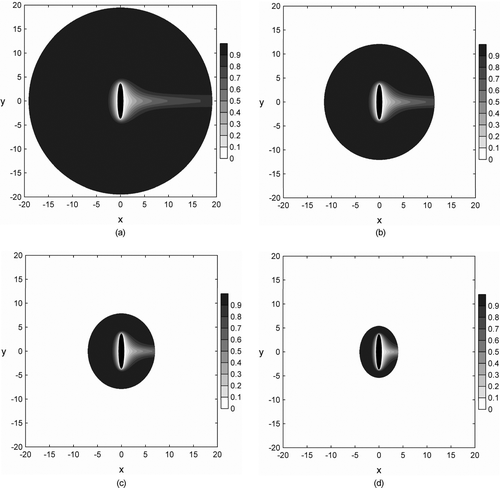Figures & data
FIG. 1 An example of a solution domain for flow and diffusion efficiency calculations. This domain is for a filter with a solidity of 0.04 and an elliptical fiber with an aspect ratio of 2.5 and angle of orientation relative to the incoming flow (Δ θ) of 30°. The elliptical coordinate system (χ, φ) is superimposed on the domain with curves of constant χ being ellipses and curves of constant φ being hyperbolas. The elliptical surfaces of the inner boundary (the fiber) and outer boundary of the domain are indicated by χf and χc, respectively.
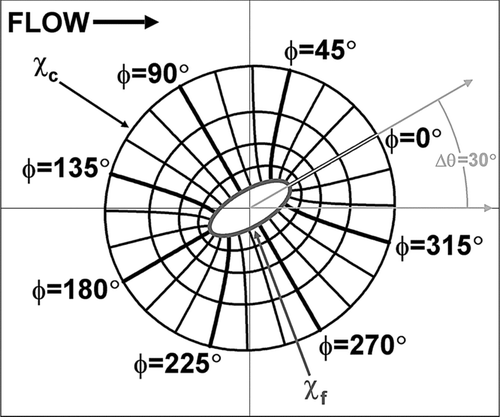
TABLE 1 Input values utilized for diffusion efficiency Fortran program
TABLE 2 Estimated values and 95% confidence intervals of the estimates for terms β1–β12 in Equation (Equation18)
FIG. 2 The logarithm of single-fiber diffusion efficiency predicted using empirically developed Equation (Equation18) plotted against the logarithm of diffusion efficiency computed directly using numerical methods. Predictions from Equation (Equation18) correlate with the computations with R2 = 0.99990.
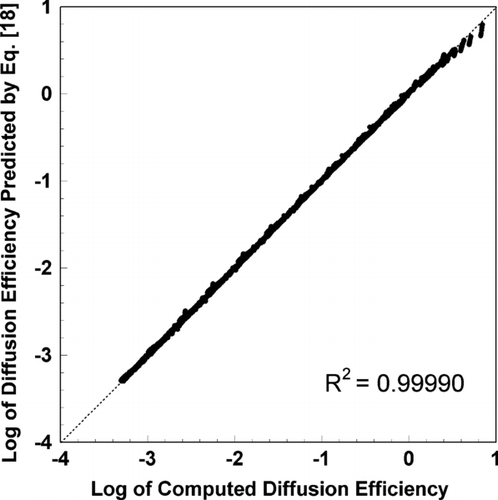
FIG. 3 Single-fiber diffusion efficiency versus particle diameter for several orientation angles. In all cases, aspect ratio is 6, solidity is 0.016, incoming velocity is 5 cm/s, temperature is 21.1°C, and the cross-sectional area is equivalent to that of a circular fiber with a 3 μ m diameter, about 7.07 μ m2.
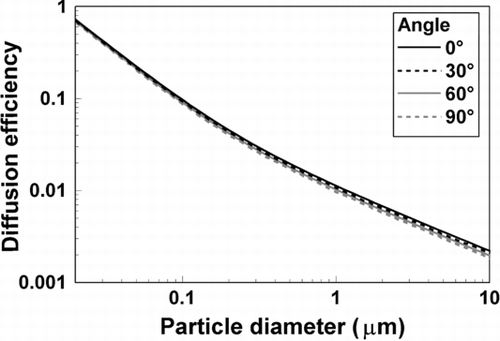
FIG. 4 Single-fiber diffusion efficiency versus particle diameter for several aspect ratios. In all cases, orientation angle is 90°, solidity is 0.016, incoming velocity is 5 cm/s, temperature is 21.1°C, and the cross-sectional area is equivalent to that of a circular fiber with a 3 μ m diameter, about 7.07 μ m2.
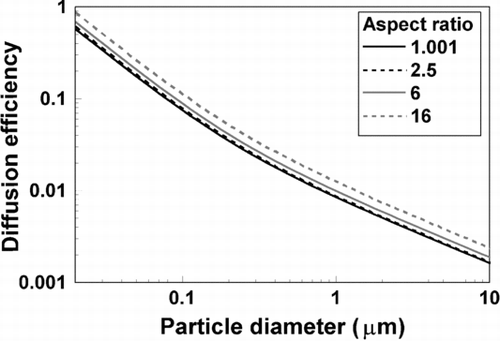
FIG. 5 Single-fiber diffusion efficiency versus particle diameter for several aspect ratios. In all cases, orientation angle is 0°, solidity is 0.016, incoming velocity is 5 cm/s, temperature is 21.1°C, and the cross-sectional area is equivalent to that of a circular fiber with a 3 μ m diameter, about 7.07 μ m2.
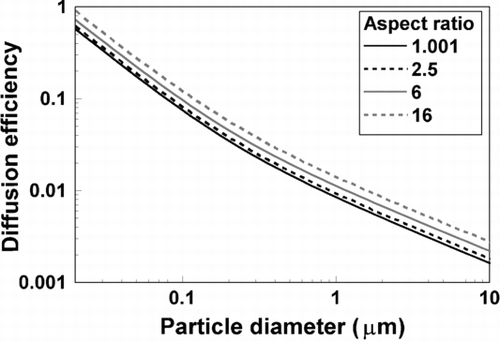
FIG. 6 Single-fiber diffusion efficiency versus particle diameter for several values of solidity. In all cases, aspect ratio is 6, orientation angle is 90°, incoming velocity is 5 cm/s, temperature is 21.1°C, and the cross-sectional area is equivalent to that of a circular fiber with a 3 μ m diameter, about 7.07 μ m2.
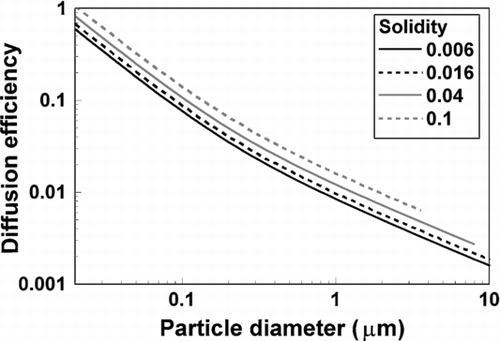
FIG. 7 Concentration profiles due to collection by diffusion on single fibers for particles 0.05 μ m in diameter plotted for conditions corresponding to . Orientation angles are (a) 0°, (b) 30°, (c) 60°, and (d) 90°. In all cases, aspect ratio is 6, solidity is 0.016, incoming velocity is 5 cm/s, temperature is 21.1°C, and the cross-sectional area is equivalent to that of a circular fiber with a 3 μ m diameter. Air flow is from left to right and the x and y axes have units of μ m. The scale indicates non-dimensional particle concentrations ranging from an inlet concentrations of 1 to concentrations at the fiber surface of 0.
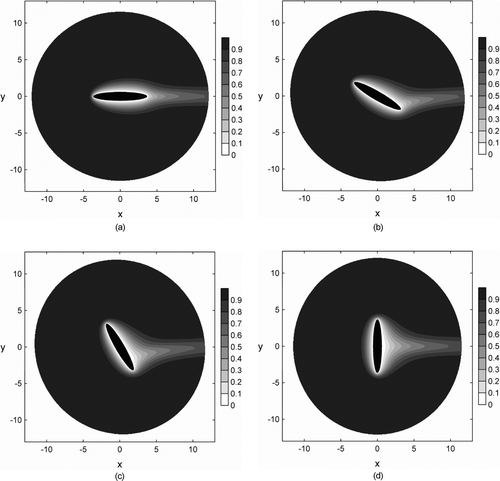
FIG. 8 Concentration profiles due to collection by diffusion on single fibers for particles 0.05 μ m in diameter plotted for conditions corresponding to . Aspect ratios are (a) 1.001, (b) 2.5, (c) 6, and (d) 16. In all cases, orientation angle is 90°, solidity is 0.016, incoming velocity is 5 cm/s, temperature is 21.1°C, and the cross-sectional area is equivalent to that of a circular fiber with a 3 μ m diameter. Air flow is from left to right and the x and y axes have units of μ m. The scale indicates non-dimensional particle concentrations ranging from an inlet concentrations of 1 to concentrations at the fiber surface of 0.
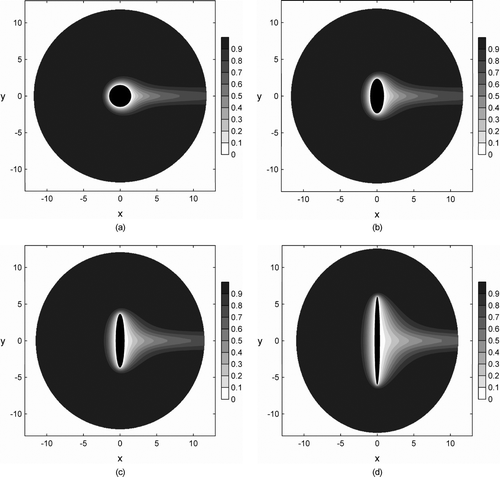
FIG. 9 Concentration profiles due to collection by diffusion on single fibers for particles 0.05 μ m in diameter plotted for conditions corresponding to . Aspect ratios are (a) 1.001, (b) 2.5, (c) 6, and (d) 16. In all cases, orientation angle is 0°, solidity is 0.016, incoming velocity is 5 cm/s, temperature is 21.1°C, and the cross-sectional area is equivalent to that of a circular fiber with a 3 μ m diameter. Air flow is from left to right and the x and y axes have units of μ m. The scale indicates non-dimensional particle concentrations ranging from an inlet concentrations of 1 to concentrations at the fiber surface of 0.
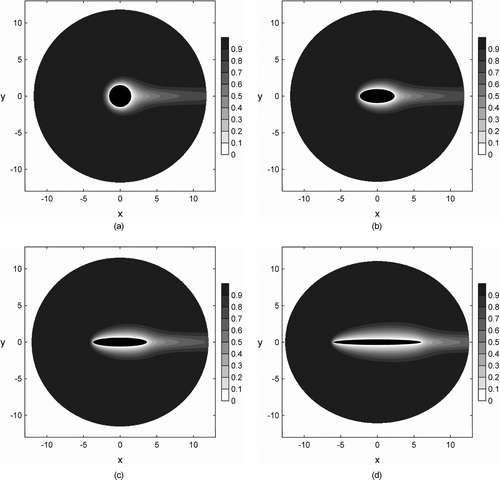
FIG. 10 Concentration profiles due to collection by diffusion on single fibers for particles 0.05 μ m in diameter plotted for conditions corresponding to . Solidity values are (a) 0.006, (b) 0.016, (c) 0.04, and (d) 0.1. In all cases, aspect ratio is 6, orientation angle is 90°, incoming velocity is 5 cm/s, temperature is 21.1°C, and the cross-sectional area is equivalent to that of a circular fiber with a 3 μ m diameter. Air flow is from left to right and the x and y axes have units of μ m. The scale indicates non-dimensional particle concentrations ranging from an inlet concentration of 1 to concentrations at the fiber surface of 0.
